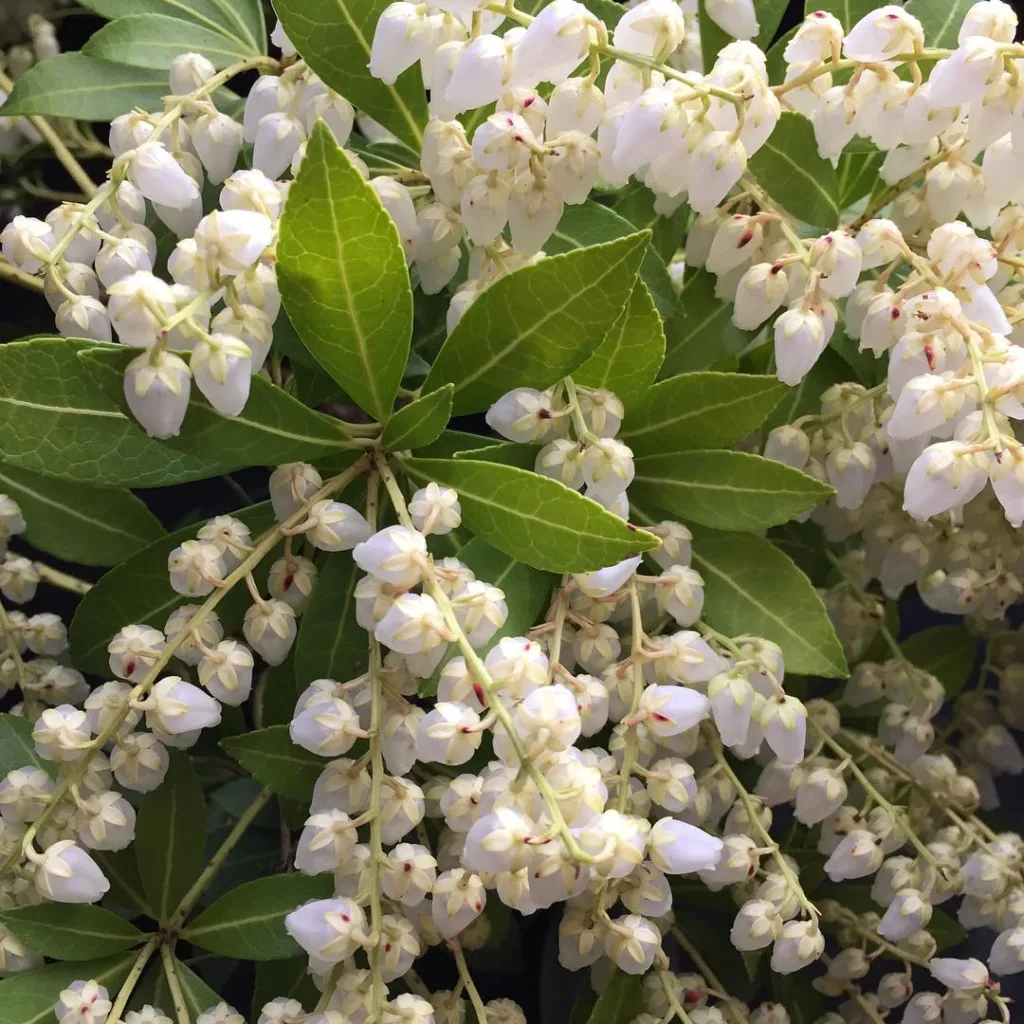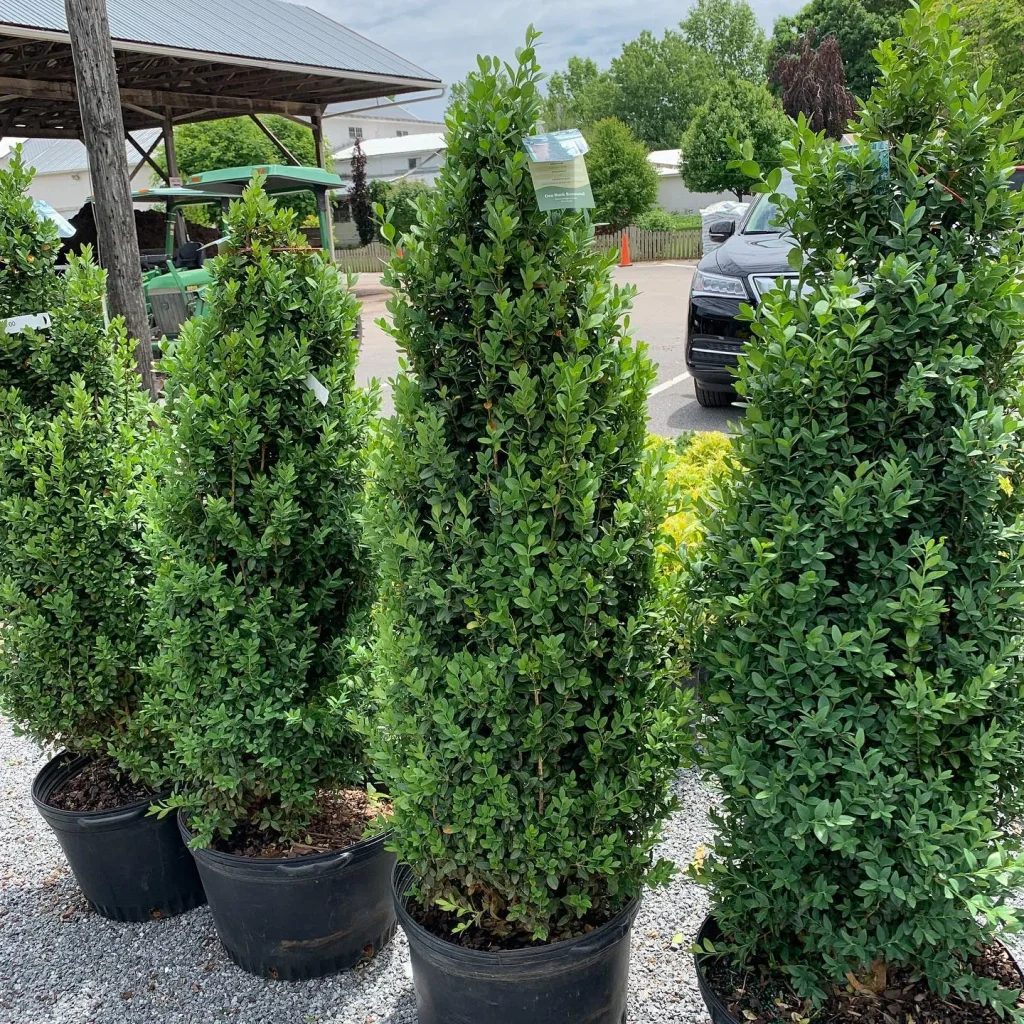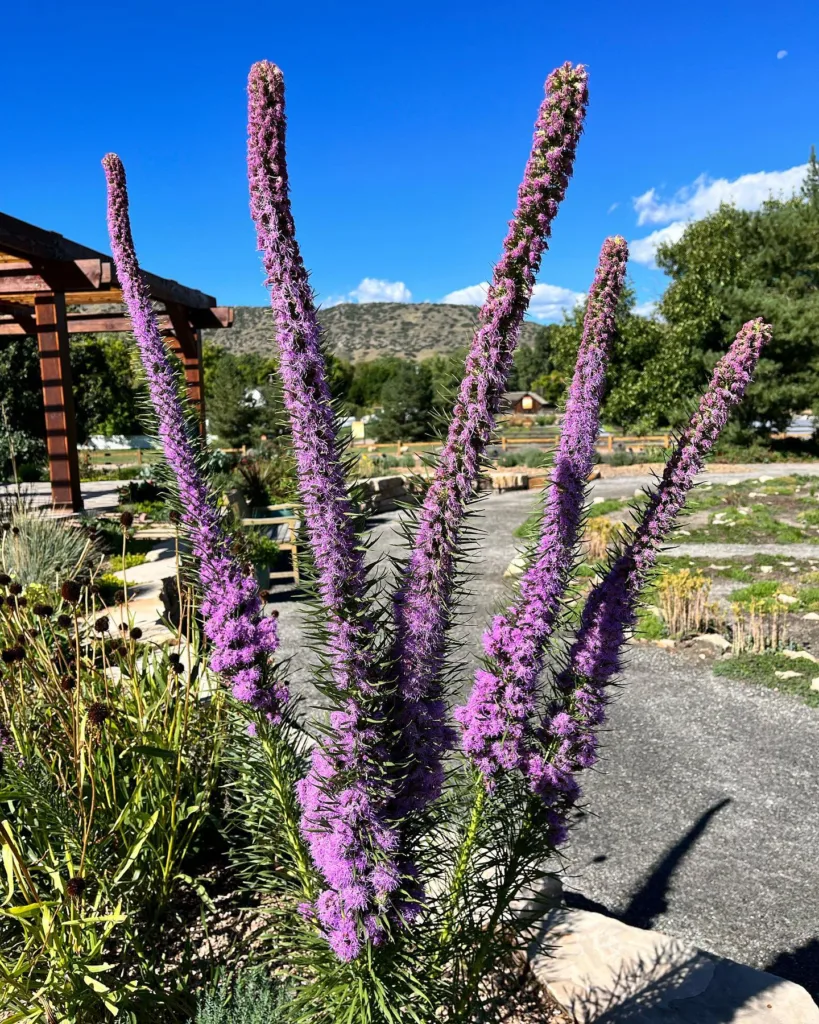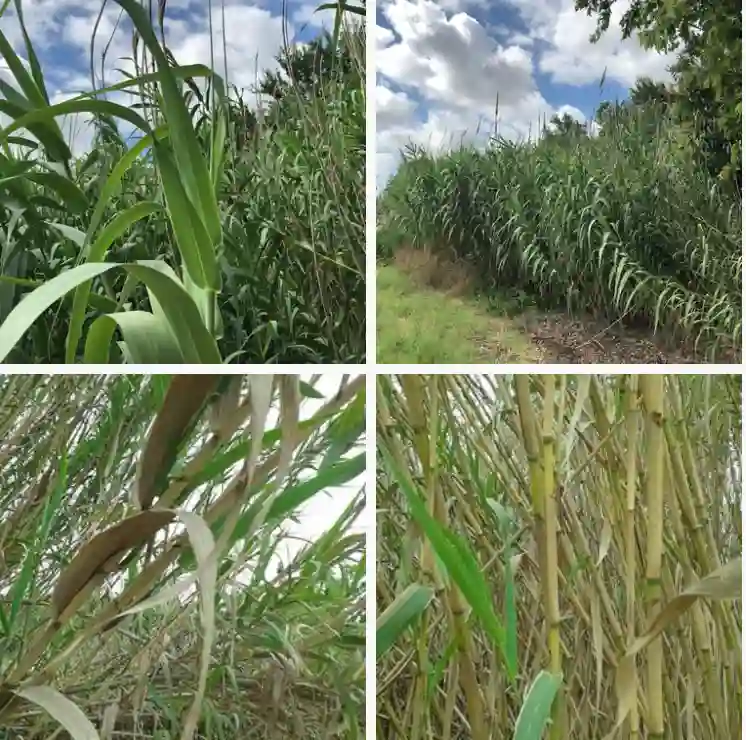What is Callicarpa Bodinieri?
Callicarpa Bodinieri, also known as beautyberry, is a deciduous shrub known for its stunning display of vibrant purple berries that appear in the fall. This ornamental plant hails from China and is often a showstopper in gardens due to its unique berry clusters and attractive foliage. Its bright berries contrast beautifully with the bare branches in late autumn, making it a popular choice for landscaping.
164 Species in Genus Callicarpa
How to Grow Callicarpa Bodinieri?
Growing Callicarpa Bodinieri is fairly straightforward, and it thrives in a range of environments. Here’s what you need to know:
- Location: Plant Callicarpa Bodinieri in a sunny or partially shaded spot. Full sun will encourage more robust flowering and fruit production, but the plant can tolerate partial shade as well.
- Soil: This plant isn’t particularly fussy about soil but prefers well-drained soil. Ensure the ground isn’t too soggy, as it doesn’t like to have “wet feet.” Slightly acidic soil can also boost its growth.
- Watering: Water Callicarpa regularly, especially during dry spells, to keep the soil moist but not waterlogged. It’s quite drought-tolerant once established, but consistent watering is necessary in its early stages.
- Spacing: When planting multiple Callicarpa Bodinieri shrubs, space them at least 4-6 feet apart to allow for proper air circulation and growth. The shrub can reach 6-10 feet in height with a similar spread, so give it ample room to mature.
When to Prune Callicarpa Bodinieri?
Pruning is essential to keeping your Callicarpa Bodinieri looking its best and ensuring healthy growth. I typically prune mine in late winter or early spring, right before new growth begins. Pruning at this time encourages fresh shoots, which is where the berries form. Cut back the shrub by about a third to maintain its shape and size. Removing old, leggy stems will also improve berry production, giving your plant a fuller look in the fall.
Is Callicarpa Bodinieri Poisonous?
Many gardeners ask, “Is Callicarpa Bodinieri poisonous?” The good news is, it’s generally considered non-toxic to humans and pets. The berries are not poisonous, though they’re not particularly palatable either. Some birds do feed on them, but I wouldn’t recommend them for human consumption. Always exercise caution when dealing with plants if you’re unsure, but with Callicarpa Bodinieri, you don’t need to worry about toxicity issues.
How to Propagate Callicarpa Bodinieri?
Propagating Callicarpa Bodinieri is relatively easy. You can propagate it through softwood cuttings in the summer or by dividing established plants in the fall or spring.
- Softwood Cuttings: Take a 4-6 inch cutting from new growth in the early summer. Remove the lower leaves and dip the cut end in rooting hormone before planting it in moist soil. Keep it in a warm, shaded spot, and within a few weeks, you should see roots forming.
- Division: This method works well for established plants. In early spring or fall, dig up the shrub and carefully divide the root ball into two or more sections. Replant each division in a new location or pot, and water thoroughly.
Callicarpa Bodinieri vs Japonica vs Dichotoma vs Americana
Callicarpa Bodinieri is often compared to other species in the Callicarpa genus, such as Callicarpa Japonica, Callicarpa Dichotoma, and Callicarpa Americana. Here’s a quick comparison based on my experience:
- Callicarpa Bodinieri: Best known for its large, vibrant purple berries and is highly ornamental. It’s the hardiest of the group and thrives in cooler climates.
- Callicarpa Japonica: This species is native to Japan and has slightly smaller berries than Bodinieri. It’s also more compact in size, making it suitable for smaller gardens.
- Callicarpa Dichotoma: Known as the “purple beautyberry,” this species is smaller and more compact, with arching branches. It has an elegant, graceful appearance and is commonly grown in milder climates.
- Callicarpa Americana: Native to the southeastern U.S., it has larger berries but in smaller clusters compared to Bodinieri. It’s more heat-tolerant but less cold-hardy.
Each of these species brings its own beauty and charm to the garden, but I find Callicarpa Bodinieri to be the most striking due to its vibrant berries and ability to thrive in different climates.
Can You Grow Callicarpa Bodinieri Indoors?
Callicarpa Bodinieri isn’t typically grown indoors. It’s a large shrub, reaching several feet in height and width, making it unsuitable for indoor environments. However, if you’re looking to grow it in a container, you can try placing it outdoors on a patio or balcony where it gets plenty of sunlight.
What to Plant with Callicarpa Bodinieri?
I love pairing Callicarpa Bodinieri with other shrubs that provide contrasting colors and textures. Ornamental grasses, like Miscanthus or Fountain Grass, work well to soften the look and provide movement in the garden. You could also plant it alongside evergreens for year-round interest, or next to late-blooming perennials, like Asters or Sedums, which complement the bright berries.
Common Problems with Callicarpa Bodinieri
While Callicarpa Bodinieri is generally a low-maintenance plant, it can suffer from a few issues:
- Pests: Aphids and spider mites are the most common pests, but they rarely cause significant damage. Keeping the plant healthy through proper watering and care can help ward off infestations.
- Diseases: Root rot can occur if the plant is left in overly wet soil for extended periods. To avoid this, ensure your Callicarpa Bodinieri is planted in well-drained soil, and avoid overwatering.
Benefits of Growing Callicarpa Bodinieri
Beyond its stunning beauty, Callicarpa Bodinieri offers various benefits to your garden. The berries provide food for birds, particularly in late fall and winter, making it a great choice for wildlife gardens. Its hardy nature and easy care make it a favorite for both novice and experienced gardeners.
In conclusion, Callicarpa Bodinieri is a beautiful, versatile shrub that adds a striking element to any garden. From its vibrant purple berries to its easy-care nature, it’s a must-have for anyone looking to enhance their landscape with an eye-catching, low-maintenance plant.
If i die, water my plants!



